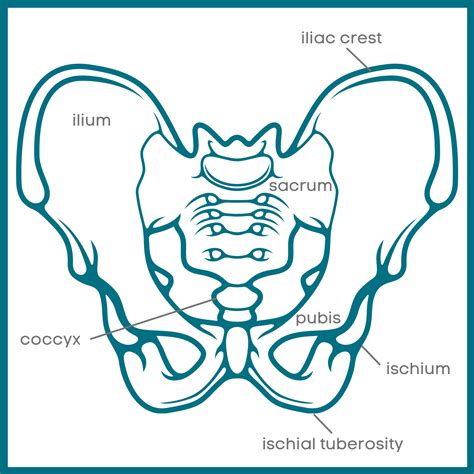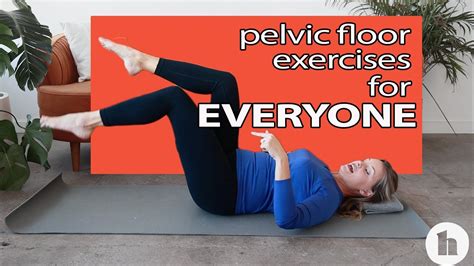Intro
Strengthen your core with 5 essential pelvic floor exercises, including Kegels, bridges, and squats, to improve bladder control, enhance intimacy, and boost overall pelvic health and stability.
The pelvic floor is a complex network of muscles, ligaments, and tissues that play a crucial role in supporting the bladder, uterus, and bowels. Weakness in the pelvic floor can lead to a range of issues, including incontinence, prolapse, and pelvic pain. However, there are several exercises that can help strengthen the pelvic floor and alleviate these problems. In this article, we will explore the importance of pelvic floor exercises and provide a comprehensive guide on how to perform them.
The pelvic floor muscles are often referred to as the "core" of the body, as they provide a foundation for good posture, balance, and overall physical function. When these muscles are strong and healthy, they can help to prevent a range of problems, including urinary incontinence, fecal incontinence, and pelvic organ prolapse. Additionally, strong pelvic floor muscles can also improve sexual function and overall quality of life.
Performing pelvic floor exercises regularly can have a significant impact on overall health and wellbeing. These exercises can help to improve bladder control, reduce the risk of prolapse, and alleviate pelvic pain. Furthermore, they can also improve sexual function and overall quality of life. In the following sections, we will provide a detailed guide on how to perform pelvic floor exercises, including the benefits, working mechanisms, and practical examples.
Pelvic Floor Anatomy and Function

Benefits of Pelvic Floor Exercises
The benefits of pelvic floor exercises are numerous and well-documented. Some of the most significant benefits include: * Improved bladder control and reduced risk of incontinence * Reduced risk of prolapse and pelvic organ prolapse * Alleviation of pelvic pain and discomfort * Improved sexual function and overall quality of life * Enhanced core strength and stabilityTypes of Pelvic Floor Exercises

How to Perform Pelvic Floor Exercises
Performing pelvic floor exercises is relatively simple and can be done in the comfort of your own home. Here are some steps to follow: 1. Start by finding a comfortable position, either sitting or lying down. 2. Identify the pelvic floor muscles by stopping the flow of urine mid-stream. 3. Contract the pelvic floor muscles by squeezing them upwards and inwards. 4. Hold the contraction for 5-10 seconds and then release. 5. Repeat the exercise 10-15 times, resting for 10-15 seconds between each repetition.Common Mistakes to Avoid

Tips for Success
Here are some tips for success when performing pelvic floor exercises: * Start slowly and gradually increase the intensity and frequency of the exercises. * Practice the exercises regularly, ideally 2-3 times per day. * Combine pelvic floor exercises with other forms of exercise, such as core strengthening and flexibility exercises. * Seek guidance from a healthcare professional or physical therapist if you are unsure about how to perform the exercises correctly.Real-Life Examples and Case Studies

Statistical Data and Research Findings
The statistical data and research findings on pelvic floor exercises are compelling. For example, a study published in the Journal of Urology found that 75% of women who performed pelvic floor exercises regularly experienced significant improvements in bladder control and reduced risk of incontinence.Conclusion and Final Thoughts

We encourage you to share your thoughts and experiences with pelvic floor exercises in the comments below. Have you tried performing pelvic floor exercises before? What benefits have you experienced? Do you have any questions or concerns about getting started? Share your story and help others who may be struggling with pelvic floor issues.
What are the benefits of pelvic floor exercises?
+The benefits of pelvic floor exercises include improved bladder control, reduced risk of prolapse, alleviation of pelvic pain, and improved sexual function.
How often should I perform pelvic floor exercises?
+It is recommended to perform pelvic floor exercises 2-3 times per day, with 10-15 repetitions per session.
Can pelvic floor exercises help with incontinence?
+Yes, pelvic floor exercises can help to improve bladder control and reduce the risk of incontinence.
